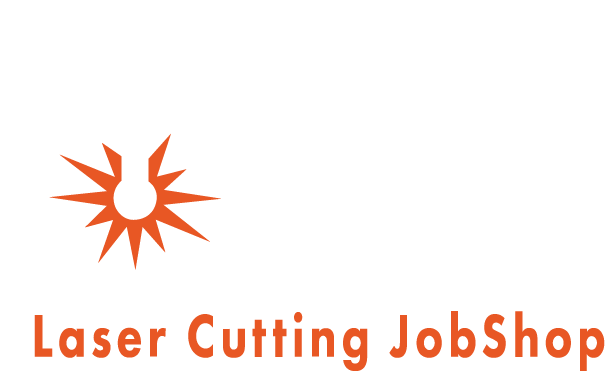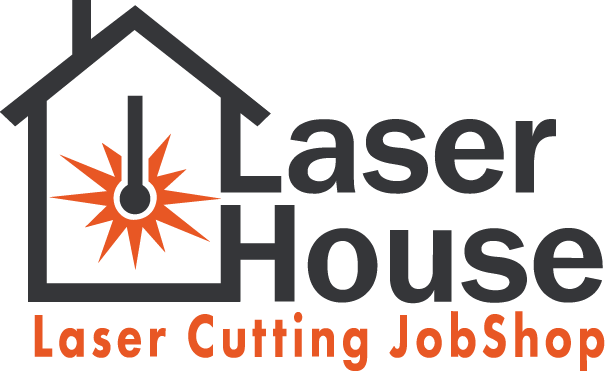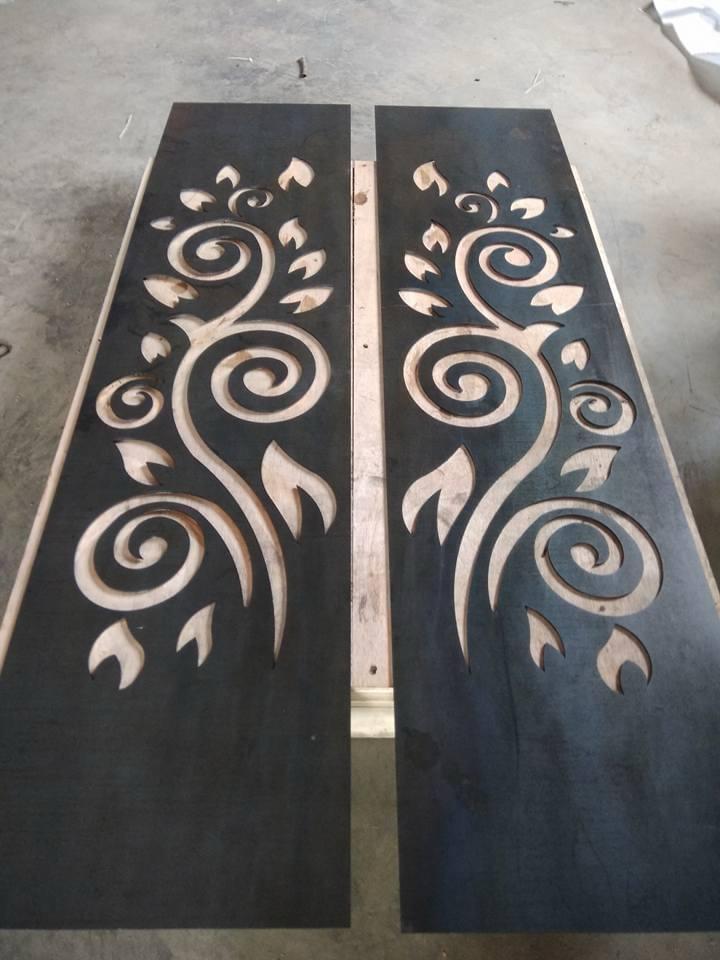Unlocking the Precision of Laser Cutting: Applications, Benefits, and Techniques
Laser cutting has revolutionized manufacturing, design, and craftsmanship. From intricate designs in fashion to precision cuts in industrial machinery, laser cutting offers unparalleled accuracy and versatility. In this blog, we’ll explore the magic of laser cutting, its applications, benefits, and how it’s shaping industries across the globe.
Laser cutting is more than a manufacturing process—it’s an art form and a technological marvel. Its precision and versatility make it a cornerstone of modern industries.
What is Laser Cutting?
Laser cutting is a manufacturing process that uses a focused beam of light to cut materials. The laser beam melts, burns, or vaporizes the material to create clean and precise cuts. This non-contact process minimizes waste and ensures high-quality results.
Laser cutting enables manufacturers to achieve unparalleled precision, making it ideal for intricate designs and complex components.
Key Applications of Laser Cutting
-
Industrial Manufacturing
- Used in automotive, aerospace, and electronics industries for precision cutting of metals, plastics, and other materials.
- Creating components such as gears, panels, and casings.
-
Jewelry and Fashion
- Intricate designs in gold, silver, leather, and textiles.
- Perfect for custom designs, such as engraving patterns on rings or laser-cut leather accessories.
-
Architecture and Interior Design
- Laser cutting is used to craft decorative panels, intricate light fixtures, and unique furniture pieces.
- Adds aesthetic value with precision and elegance.
-
Signage and Advertising
- Creation of detailed logos, 3D letters, and display boards using acrylic, wood, or metal.
-
Prototyping
- Rapid prototyping for startups and inventors, allowing quick iterations of product designs.
-
Art and Craft
- Artists use laser cutting to produce detailed sculptures, engravings, and custom art pieces.
From creating intricate jewelry to crafting architectural designs, laser cutting opens a world of possibilities across industries.
Benefits of Laser Cutting
-
Unmatched Precision
- Laser cutting achieves tight tolerances, making it ideal for intricate designs and components.
-
Versatility
- Works on a wide range of materials, including metals, plastics, wood, glass, and fabric.
-
Efficiency
- Faster than traditional cutting methods, reducing production times and costs.
-
Cost-Effective
- Minimal material wastage due to precise cutting paths.
- Reduced need for post-processing, such as sanding or polishing.
-
Customizability
- Easily creates complex and unique designs with CAD (Computer-Aided Design) integration.
-
Eco-Friendly
- Reduces material waste and uses less energy compared to traditional machining.
Techniques in Laser Cutting
-
Fusion Cutting
- Uses high-pressure gas (e.g., nitrogen) to blow molten material away from the cut.
-
Vaporization Cutting
- Vaporizes material in the cutting path, often used for materials like wood or plastic.
-
Thermal Stress Cracking
- Used for brittle materials like glass, where controlled thermal expansion creates precise cracks.
-
Reactive Cutting
- Involves a laser beam and oxygen, acting like a flame cutter, commonly used for thick steel.
Advanced techniques like vaporization cutting and fusion cutting ensure laser cutting can handle the most demanding tasks with ease.
The Future of Laser Cutting
The laser cutting industry is evolving with advancements in technology. Automation and AI integration are transforming how we approach manufacturing. These innovations allow for even greater precision, reduced human error, and faster production times.
With the integration of AI and IoT, laser cutting is set to redefine efficiency and precision in the manufacturing world.
Conclusion
Laser cutting is more than just a manufacturing process—it’s a technological marvel that blends precision, efficiency, and versatility. Its applications span industries, revolutionizing how we design and produce components and products.
Whether you’re a designer, manufacturer, or entrepreneur, laser cutting opens up endless possibilities for creativity, precision, and efficiency. Embrace this cutting-edge technology to stay ahead in today’s competitive market.



